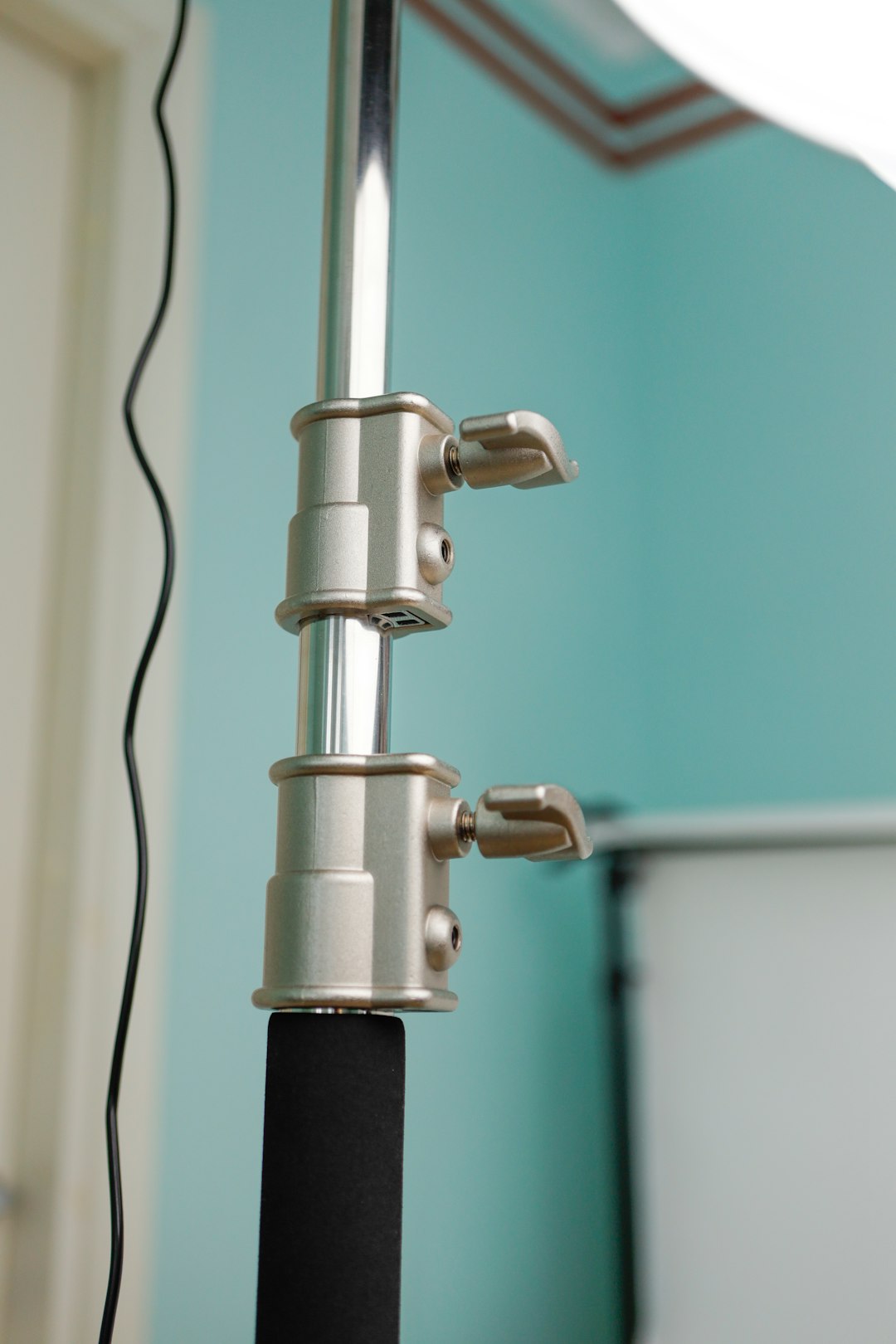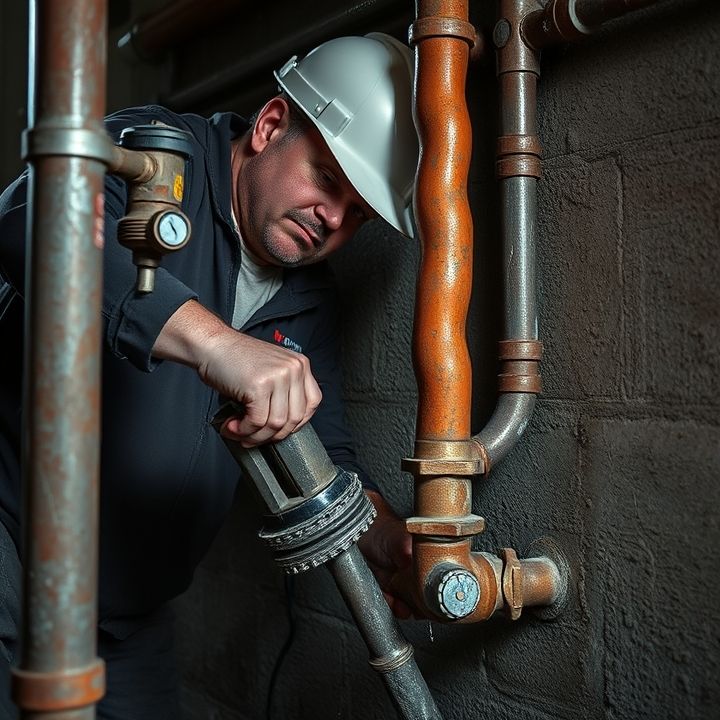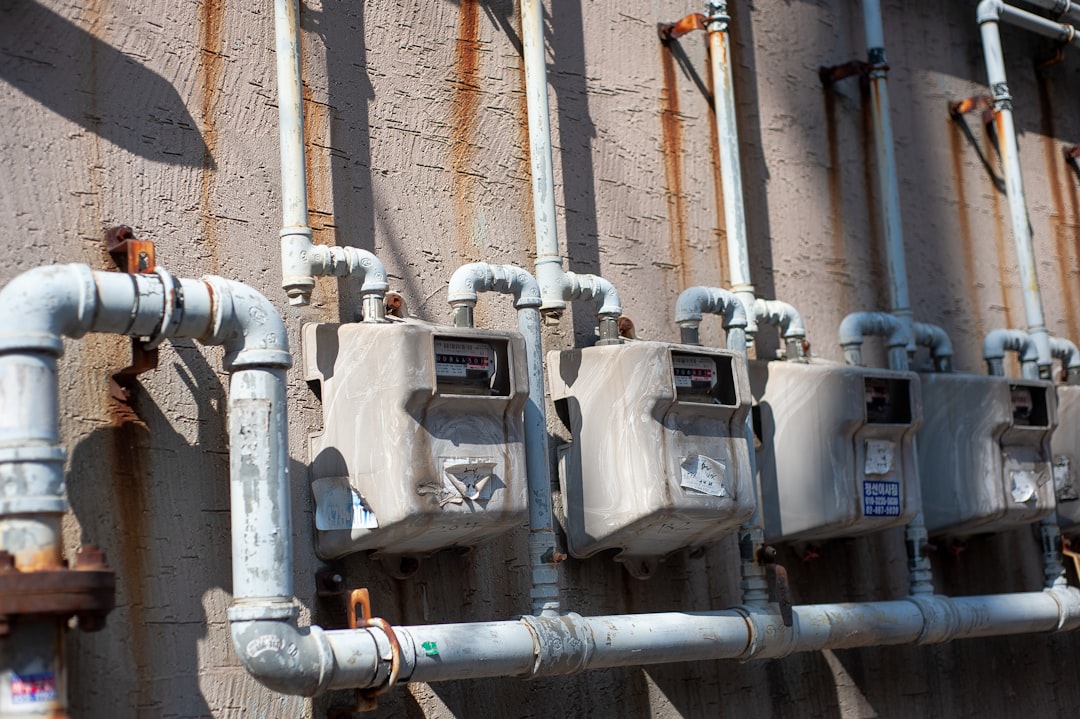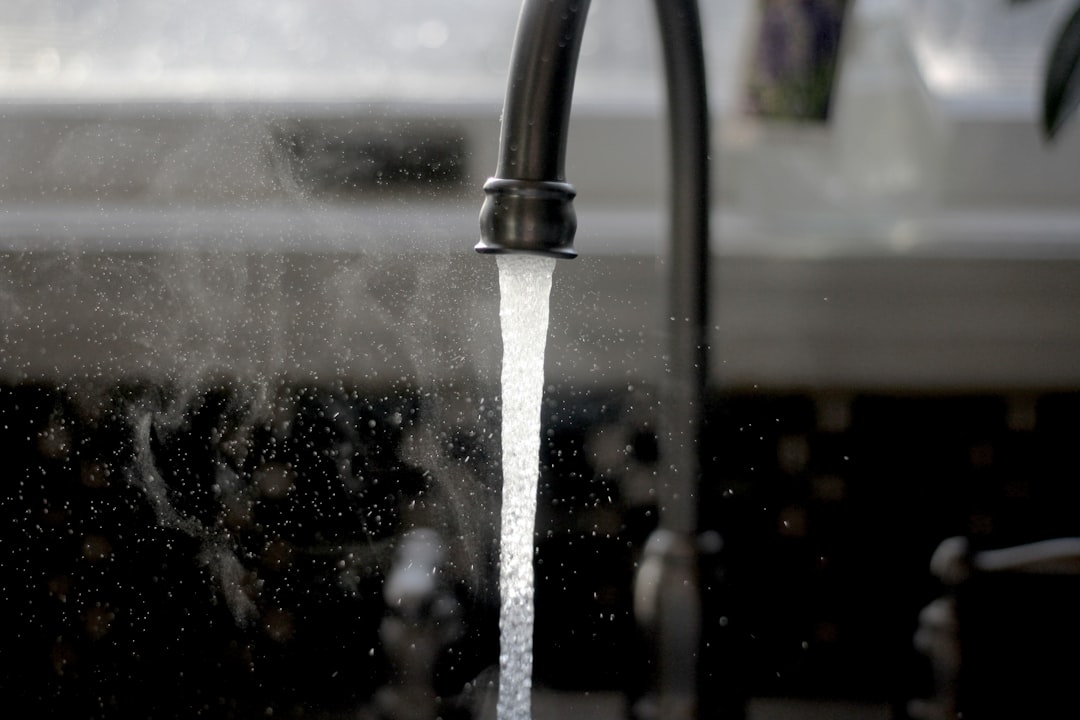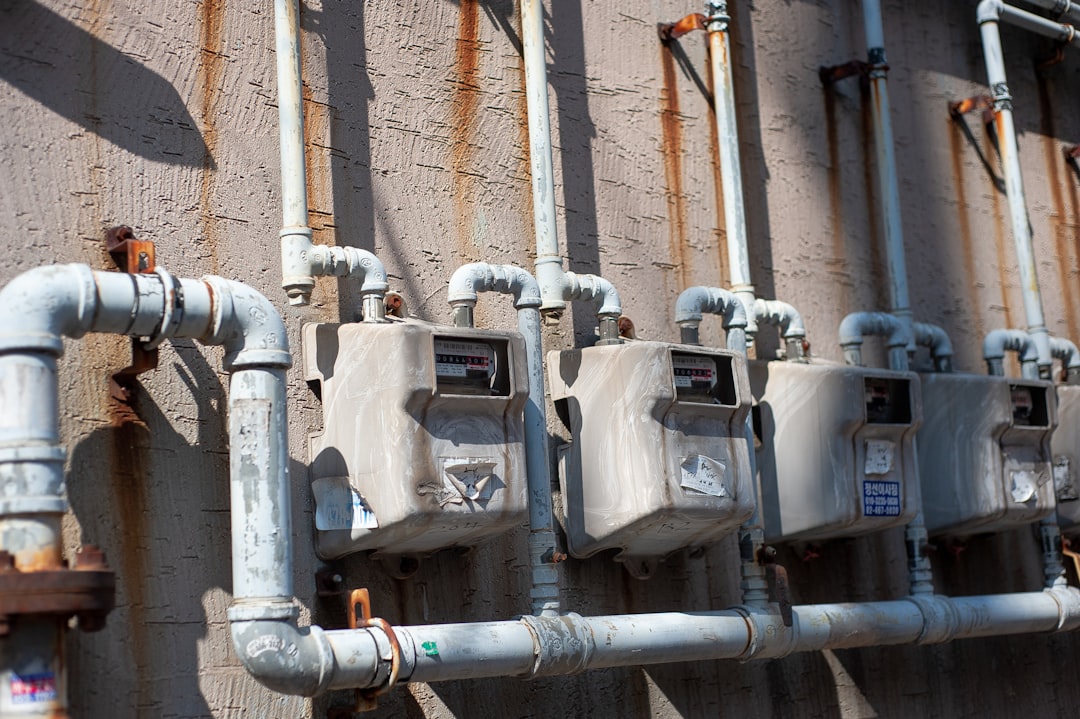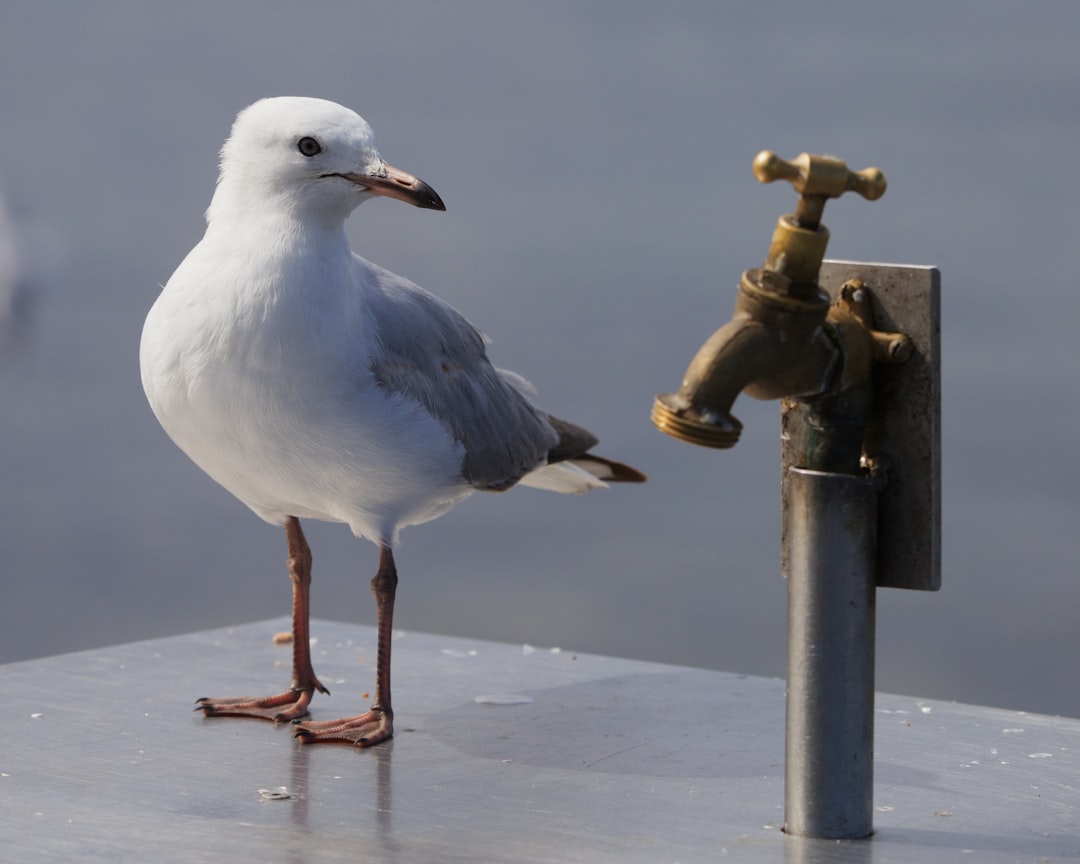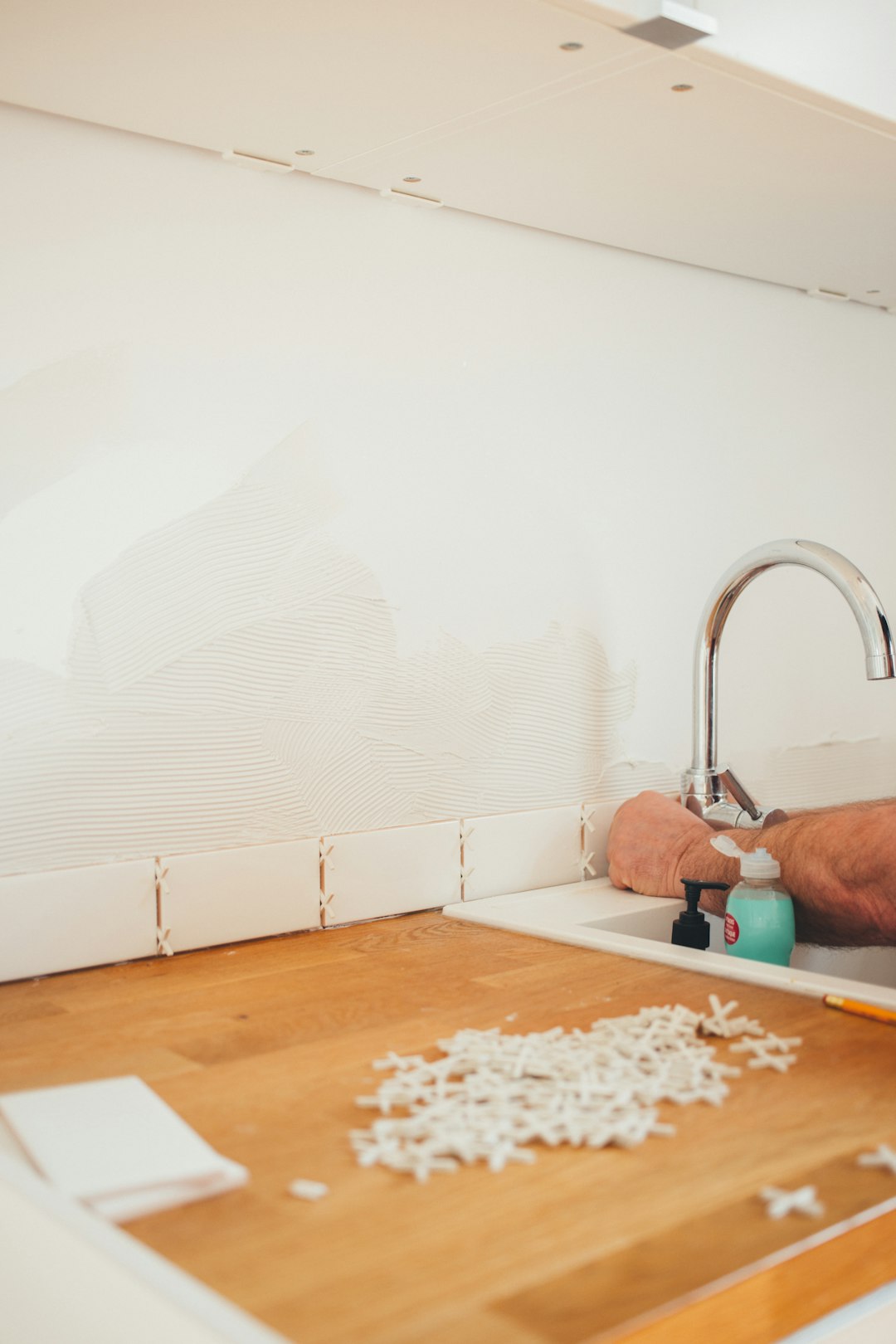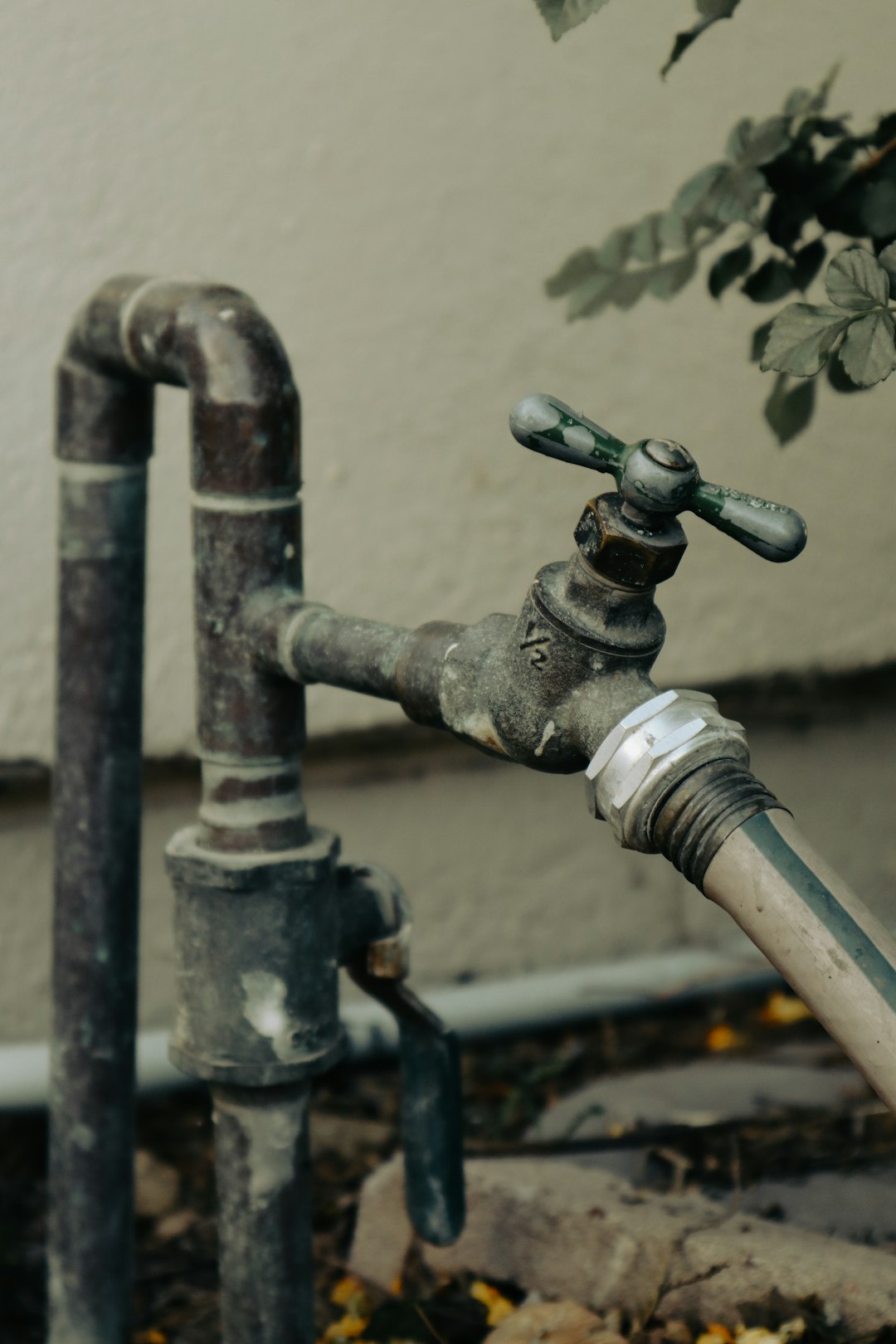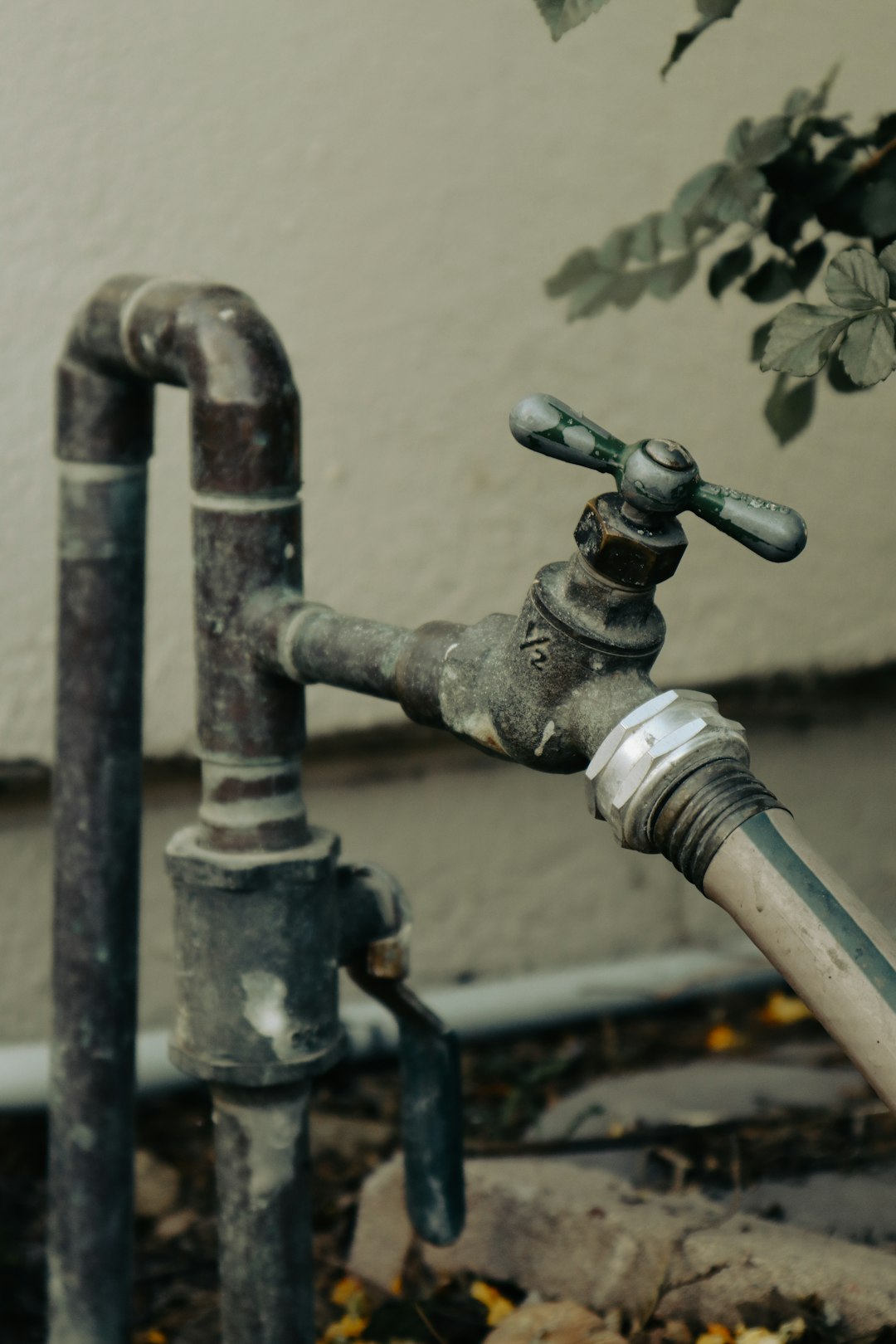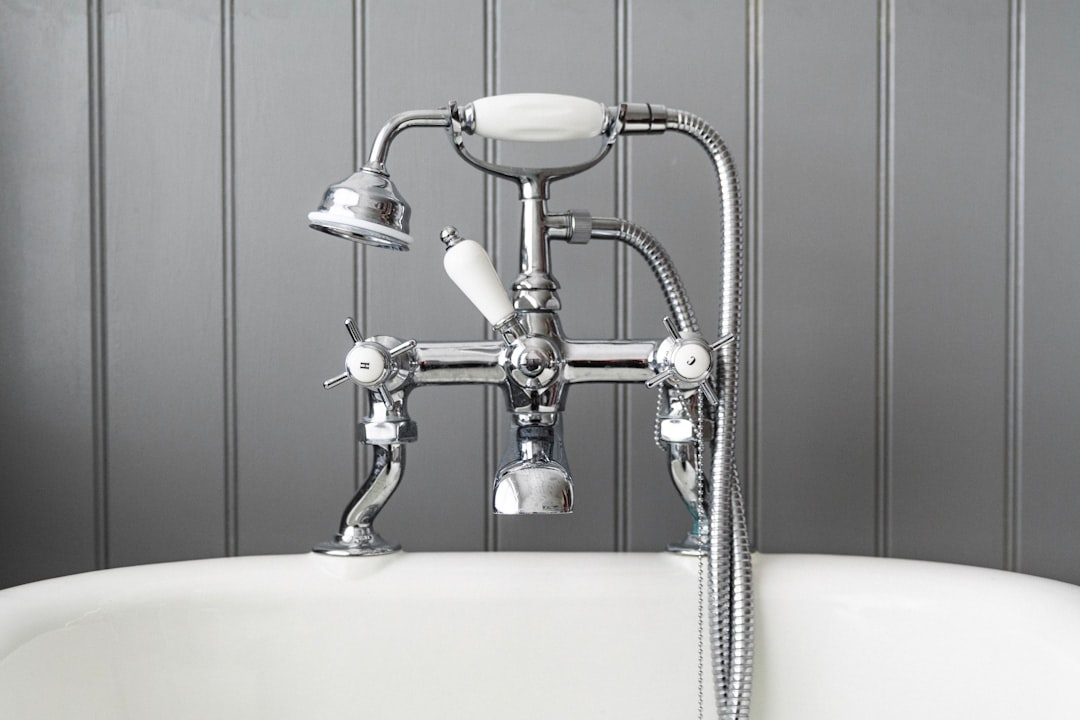Table of Contents
- Introduction
- Overview of plumbing qualifications and certifications
- Details on apprenticeships in plumbing and their importance
- Advanced plumbing certifications and the skills they represent
- Comparison of residential vs. commercial plumbing qualifications
- Role of plumbing licensing in career advancement
- Impact of ongoing education and training in plumbing
- Common plumbing specializations and their associated qualifications
- Future trends in plumbing qualifications and industry standards
- Conclusion
- Frequently Asked Questions
Introduction
In today’s fast-paced world, the value of skilled trades cannot be overlooked, and plumbing stands out as one of the most vital professions in modern society.
But what does it take to truly excel in this field? As technology evolves and the demand for efficient plumbing solutions skyrockets, the pathway to becoming a top-notch plumber becomes more complex.
In this article, we dive deep into the qualifications that set apart the ordinary from the extraordinary in the plumbing profession.
From specialized certifications to advanced training programs, we will explore the essential milestones on the journey to becoming a plumbing expert. Are you curious about what it takes to unlock the door to unparalleled success in plumbing?
Join us as we examine the highest qualifications in plumbing, revealing the secrets that could propel your career to new heights.
Overview of plumbing qualifications and certifications
Plumbing qualifications and certifications vary widely depending on the region and specific requirements set by local regulations. Typically, one begins their journey in plumbing by completing a high school diploma or GED, which lays the groundwork for further education. After this, many aspiring plumbers enroll in trade schools or community colleges, where they can earn a diploma or an associate degree in plumbing technology. These programs often encompass theoretical knowledge combined with practical skills, covering topics like pipefitting, water supply systems, and drainage systems.
After obtaining initial qualifications, aspiring plumbers usually enter an apprenticeship program that lasts between 2 to 5 years. During this period, they gain hands-on experience under the supervision of licensed plumbers. Upon completing the apprenticeship, candidates typically must pass a licensing exam to become a certified plumber.
Furthermore, many plumbers opt for additional certifications to enhance their skills. These certifications can cover specialized areas such as medical gas installation, backflow prevention, or green plumbing practices, allowing them to stand out in a competitive job market.
Details on apprenticeships in plumbing and their importance
Apprenticeships in plumbing play a crucial role in the development of skilled tradespeople. These programs combine hands-on experience with classroom instruction, allowing apprentices to learn from experienced plumbers while gaining practical skills. Typically lasting between three to five years, plumbing apprenticeships provide aspiring plumbers with the opportunity to work on real projects, diagnose systems, and understand the workings of plumbing codes and regulations.
During their apprenticeship, individuals also acquire vital soft skills, such as communication and problem-solving, which are essential in client interactions. Many programs are registered with governing bodies, ensuring that they meet industry standards and provide a comprehensive education.
Furthermore, apprenticeships can lead to various opportunities in the plumbing field, including specialization in areas like pipefitting, steamfitting, and even plumbing design. Completing an apprenticeship significantly enhances employability since employers often seek candidates with practical experience. In essence, plumbing apprenticeships are not just educational programs; they are a pathway to a successful and sustainable career in the plumbing industry.
Advanced plumbing certifications and the skills they represent
Advanced plumbing certifications signify a high level of expertise and commitment within the plumbing industry. These certifications are often pursued by experienced plumbers who wish to specialize in specific areas, such as residential plumbing, commercial plumbing, or even fire protection systems. Obtaining such certifications demonstrates a mastery of complex plumbing systems, advanced troubleshooting skills, and a deep understanding of local and national plumbing codes.
One prominent certification is the Certified Plumbing Technician (CPT), which focuses on advanced installation techniques and system maintenance. Another is the Master Plumber certification, which not only requires passing extensive examinations but also typically entails several years of experience in the field.
These credentials not only enhance a plumber’s skills but also improve job prospects and earning potential. Additionally, they instill confidence in clients, as these certified professionals are viewed as experts in their field. Overall, advanced plumbing certifications represent a commitment to continued learning and excellence in plumbing practices.
Comparison of residential vs. commercial plumbing qualifications
The qualifications required for residential and commercial plumbing can vary significantly due to the distinct nature of the two fields. Residential plumbing primarily involves the installation and maintenance of systems within homes, including water supply, drainage, and fixtures. Typically, a residential plumber would need to complete a vocational training program or apprenticeship, followed by obtaining a state-issued license that demonstrates their competency in plumbing practices.
On the other hand, commercial plumbing is often more complex and may involve larger systems, higher pressure, and industrial-grade materials. Therefore, commercial plumbers may require additional certifications and specialized training. They often need to be adept in working with more complicated systems, including piping for schools, hospitals, and other large facilities. This may involve understanding advanced plumbing codes, regulations, and safety standards.
In both fields, continuing education is vital to stay updated with new codes and technologies. Ultimately, while both paths require foundational plumbing skills, the depth and scope of qualifications can differ significantly between residential and commercial sectors.
Role of plumbing licensing in career advancement
The role of plumbing licensing in career advancement is significant as it serves to establish a formal recognition of a plumber’s skills and expertise. Obtaining a plumbing license typically requires completion of a certain number of training hours, successful completion of examinations, and often a period of apprenticeship under seasoned professionals. This process ensures that licensed plumbers possess a comprehensive understanding of plumbing systems, codes, and regulations that govern the industry.
A plumbing license not only validates a plumber’s competency but also enhances employability and potential earnings. Many employers prefer hiring licensed plumbers due to the assurance of quality work and adherence to safety standards. Additionally, holding a license can open the door to more advanced positions, such as plumbing supervisors or inspectors, and can also provide opportunities for self-employment. Furthermore, licensed plumbers may have access to specialized contracts that require certification, thus broadening their scope of work and potential client base. In summary, plumbing licensing is a crucial element for career advancement, promoting professionalism and ensuring quality within the industry.
Impact of ongoing education and training in plumbing
Ongoing education and training in plumbing play a crucial role in maintaining the industry’s standards and ensuring that professionals are equipped with the latest skills and knowledge. The plumbing field is continuously evolving, with new technologies, materials, and regulations emerging regularly. By participating in ongoing training programs, plumbers can stay updated on these changes, enhancing their ability to deliver safe and efficient services.
Furthermore, ongoing education helps plumbers understand complex systems, such as advanced water supply systems and sustainable plumbing practices, which are becoming increasingly important in today’s environmentally conscious society.
In addition, continual training can lead to better job prospects and higher earning potential. Plumbers who invest in their education demonstrate a commitment to their trade, making them more attractive to employers and clients.
Moreover, ongoing education fosters a culture of safety and compliance, reducing the likelihood of accidents and legal issues. Overall, the impact of ongoing education and training in plumbing is profound, contributing not only to individual career growth but also to the overall quality and reliability of plumbing services in communities.
Common plumbing specializations and their associated qualifications
Common plumbing specializations include residential, commercial, and industrial plumbing, each requiring specific skills and qualifications. Residential plumbers focus on installing and repairing systems in homes, often needing a state license, which usually involves completing an apprenticeship program and passing a certification exam. Commercial plumbers work on larger projects, including office buildings and malls, and may also require additional certifications in backflow prevention and gas fitting. Industrial plumbers focus on the specialized plumbing systems used in factories and large-scale operations, often necessitating further training in high-pressure systems and safety regulations.
Additionally, there are sub-specializations such as pipefitting, drainage, and welding. Pipefitters specialize in installing and maintaining piping systems that carry chemicals and gases, while drainage experts focus on wastewater management and sewer systems. These specializations often require additional classroom education combined with hands-on experience. Ultimately, continuous education is essential for plumbers to stay updated with code changes and new technologies in the field.
Future trends in plumbing qualifications and industry standards
The plumbing industry is undergoing significant changes, driven by advancements in technology, environmental considerations, and evolving consumer needs. Future trends in plumbing qualifications are expected to emphasize skills in sustainable practices, such as the installation of eco-friendly systems and the use of renewable resources. As green building practices gain popularity, plumbers will need to obtain certifications related to energy-efficient systems and water conservation techniques.
Moreover, the integration of smart technology in plumbing systems is becoming increasingly common. Plumbers will need to be trained in the installation and maintenance of smart fixtures and appliances that rely on automation and connectivity. This includes understanding Internet of Things (IoT) devices that monitor water usage and detect leaks.
In addition to technical skills, soft skills such as customer service and project management will also become crucial as plumbers often collaborate with other trades in construction and renovation projects. As the industry evolves, plumbing qualifications will likely adapt to include these aspects, ensuring that professionals can meet the demands of a modern and interconnected marketplace.
Conclusion
In conclusion, the highest qualification in plumbing, often symbolized by the Journeyman Plumber license, paves the way for a successful career in this essential trade. As explored throughout this article, obtaining various certifications and engaging in ongoing education are critical steps that enable plumbers to enhance their skills, specialize in different areas, and stay updated with industry advancements. Whether you are considering starting your journey in plumbing or looking to elevate your credentials, understanding the various qualifications available can significantly influence your career trajectory. Remember, being informed and proactive about your education is crucial for success in this dynamic field. If you are in need of expert plumbing assistance, don’t hesitate to call 573-555-2121 today for reliable and professional help!
